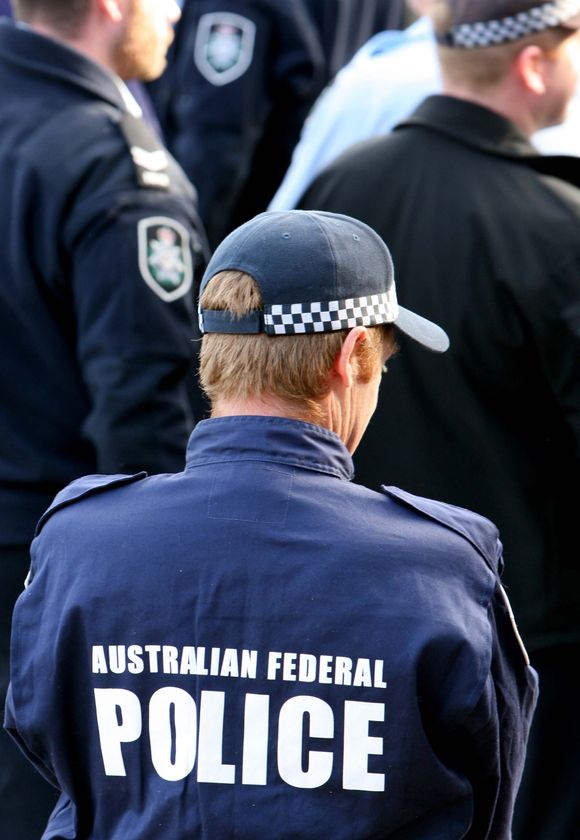AFP leader reappointed
 Reece Kershaw has been reappointed Commissioner of the Australian Federal Police (AFP).
Reece Kershaw has been reappointed Commissioner of the Australian Federal Police (AFP).
Kershaw is taking on a further two-year term lasting until October 2026, according to an announcement by the Attorney-General Mark Dreyfus.
Kershaw's policing career spans over three decades, with notable international experience and roles across various capacities.
Prior to his role as AFP Commissioner, which began in October 2019, Kershaw was the Commissioner of Police and Chief Executive Officer of the Northern Territory Police, Fire and Emergency Services.
Under his leadership, the AFP has made significant strides in tackling complex criminal activities including cybercrime, terrorism, and child exploitation.
“Crime has never been more complex and transnational. It requires a tech-savvy, agile and experienced workforce to help stay ahead of those criminals who wrongly believe they are untouchable,” Commissioner Kershaw says.
He says his approach focuses on enhancing the AFP's capabilities through innovations such as the establishment of a dedicated Joint Policing Cybercrime Coordination Centre in Sydney and Operation Dolos - a multi-agency task force aimed at returning funds to cybercrime victims.
Since 2019, domestic drug seizures under his watch have reportedly prevented more than $45 billion in harm against the Australian public.
“Next month marks the third anniversary of Operation Ironside, the biggest organised crime disruption in the Southern Hemisphere,” said Kershaw.
This operation is credited with saving 29 lives, seizing over 6.6 tonnes of illicit drugs, and intercepting $55 million in proceeds of crime.
His reappointment comes alongside the reappointment of Ian McCartney as Deputy Commissioner, and follows the recent appointment of two new AFP Deputy Commissioners - Krissy Barrett and Scott Lee, marking a milestone with two female sworn Deputy Commissioners for the first time in AFP’s history.
This move is part of a broader push under Kershaw’s leadership towards a more diversified agency, reflecting the changing demographics and needs of modern law enforcement.








 Print
Print